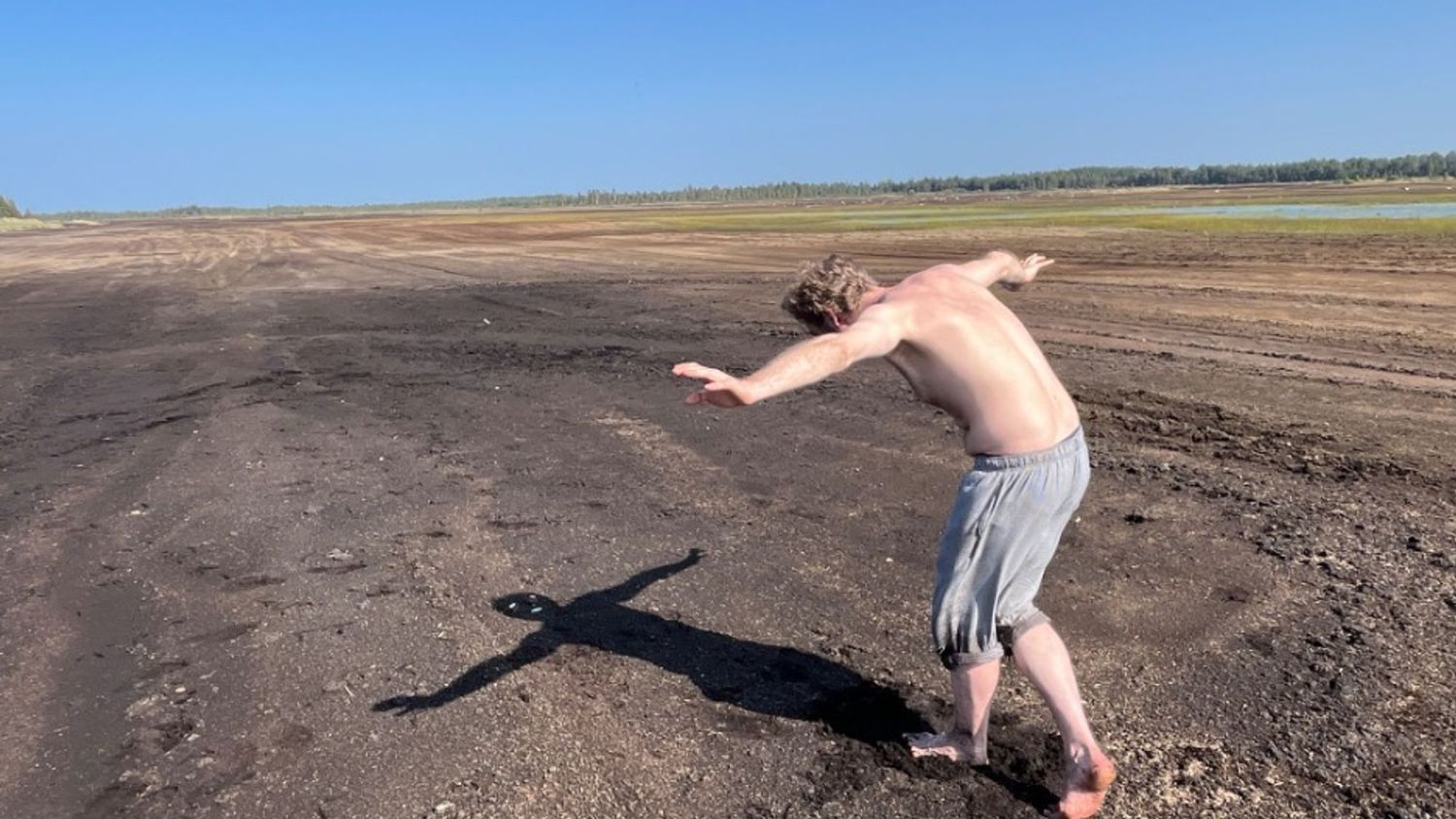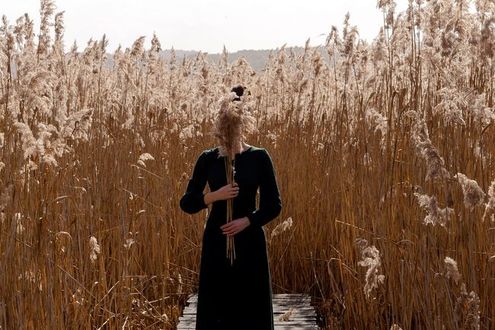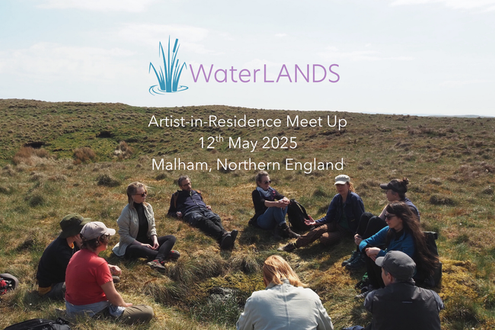Cover photo: Undo shadow by Elo Liiv, Estonia
Introduction
The past year has been a generative period for the WaterLANDS artists in residence. They are now well over two years into their respective residencies across the six WaterLANDS Action Sites in Bulgaria, Estonia, Ireland, the UK, the Netherlands and Italy. They have continued to investigate their local wetland sites and related concepts, materials and ecologies as well as connect with human and more-than-human communities.
Coming together in person has been a powerful catalyst for cross-residency collaboration. Following the first in-person artist meet-up last year in the Greifswald Mire Centre (Germany), this summer the artists once again had the opportunity to commune. This time, the meeting was held in the North of England, with an artist field trip attached to the WaterLANDS General Assembly in Leeds, May 2025. UK artists Laura Harrington and Feral Practice and Dr Joshua Cohen (an anthropologist from the University of Leeds) brought the group to Malham Tarn, an upland blanket bog in the Yorkshire Dales National Park, where we explored pools in the post-restoration landscape and talked about the future of the residencies.
Looking back over the past year, the artists have immersed themselves in diverse research and creative practices at their Action Sites. They have collaborated with scientists and researchers to weave new strands of expertise into the knowledge they are cultivating in their wetlands. Addressing the practices and impacts of restoration, they have explored the human worlds of science, history, culture and narrative, while also attending to the non-human life of the landscape—plants, animals, and the materiality of the wetland landscape itself.
Laura Harrington, Feral Practice, United Kingdom
Laura and Feral Practice have been further exploring and developing their ‘Tenderbog’ concept within their work at blanket bog sites in the Great North Bog in the North of England. This term reflects their focus on touch and tenderness and their desire to convey the work of peat restoration as a place for intimacy, care and empathy.
Laura and Feral Practice explain, “our Tenderbog approach comes from three perspectives - firstly, it is scalar, in that we see the bog as a nested series of worlds within worlds, linked by systemic flows. Secondly, we think about ‘above and below’, both in the body and metaphysically. Finally, we see that the potential for remediation and connection between human and nonhuman is inextricably enmeshed”.
To draw out some of these ideas, they organised two ‘Tenderbog conversations’ last year at Fleet Moss and the School of Geography, University of Leeds. The first conversation focused on wound care, exploring links between the healing of human bodies and peatland landscapes and connectivity in the materials and actions of care for wounded lands/bodies. The second event was around the microbiome and how the health of microbial communities in both human bodies and peatlands affect many vital functions in these distinct habitats. The talks brought together a range of interdisciplinary perspectives, including nursing, peatland restoration, microbiology, aquatic science and geography. More information can be found on the iCASP blog.
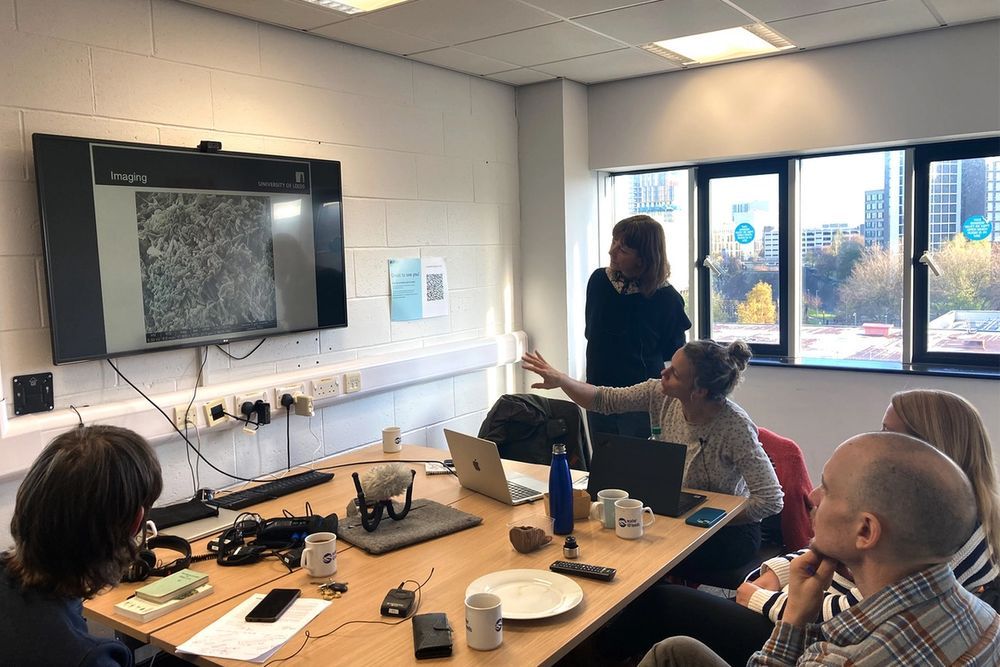
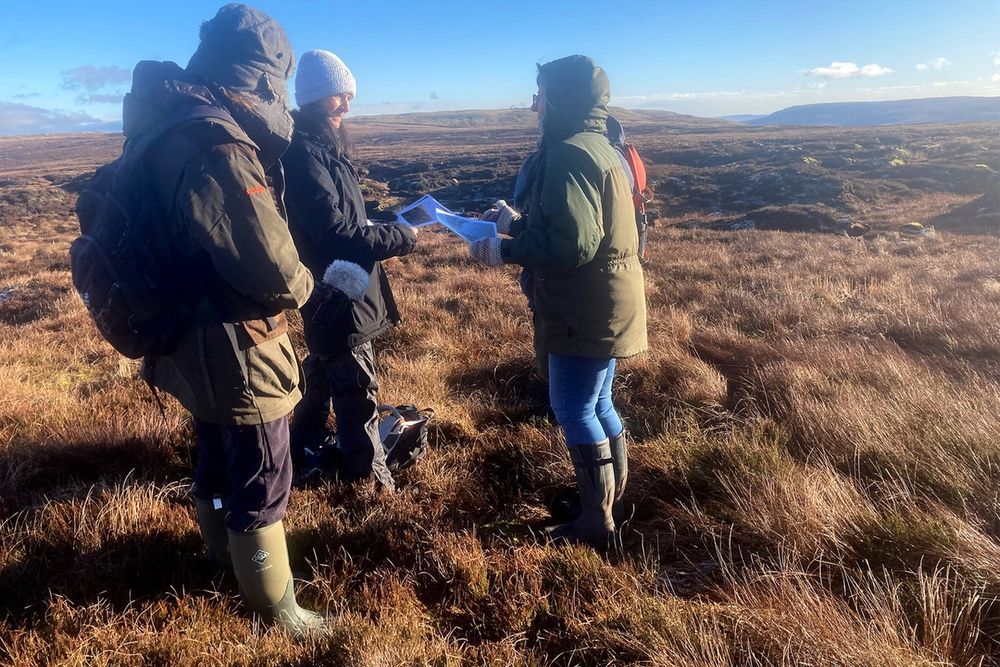
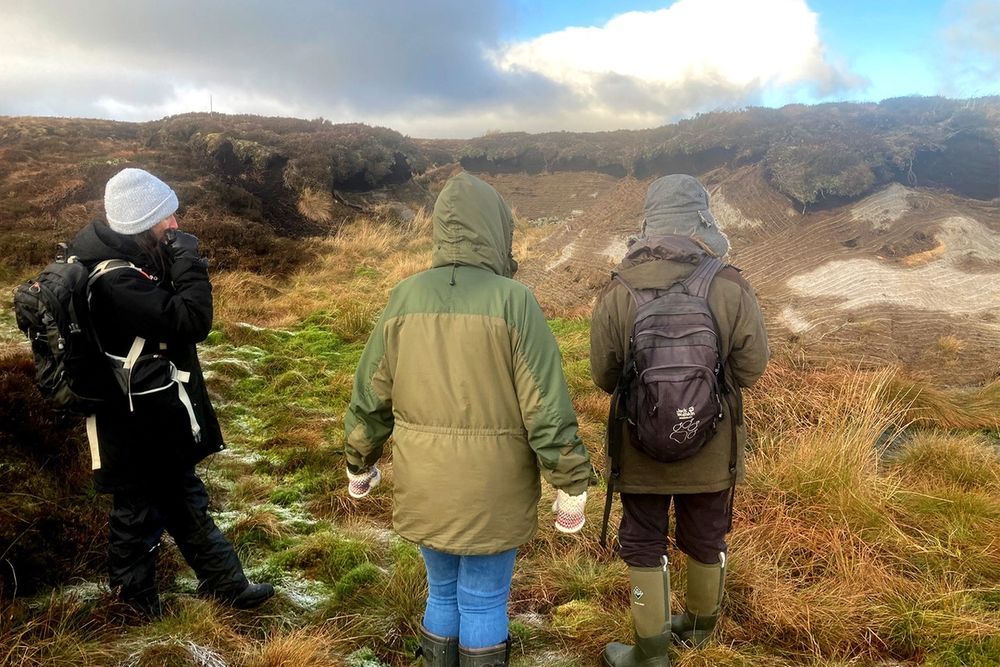
Photography courtesy of Laura Harrington
Elo Liiv, Estonia
Elo has been working on four pieces dedicated to biodiversity and wetlands - video installations and site-specific land art pieces. The land art is being created in collaboration with the community and scientists in the residual bogs of Kõrsa and Lavassaare and the drained bog forest of Kikepera. She has engaged with local communities with the help of Estonia Fund for Nature, inviting local people and schools to share their memories and to identify symbols of the bog.
The idea of the shadow is very strong in the development of these ideas, in terms of understanding the traces humans leave on the world, for good and bad. She relates this concept to Estonian animist tradition, in which all of nature is considered a living entity, and to the legacy of the Soviet era.
She says, “In the country, there are approximately 10,000 hectares of peat bogs, abandoned by peat producers. Restoring drained wetlands is an effort akin to erasing the gigantic shadow cast by the drainage ditches dug during the Soviet era, a shadow that extends to this day. What was done wrong must be corrected. We cannot avoid stepping into already existing traces or live without leaving any of our own. However, we can change ourselves, the ground into which the traces are imprinted, the reach of the shadows, and the quality of the shadows”.
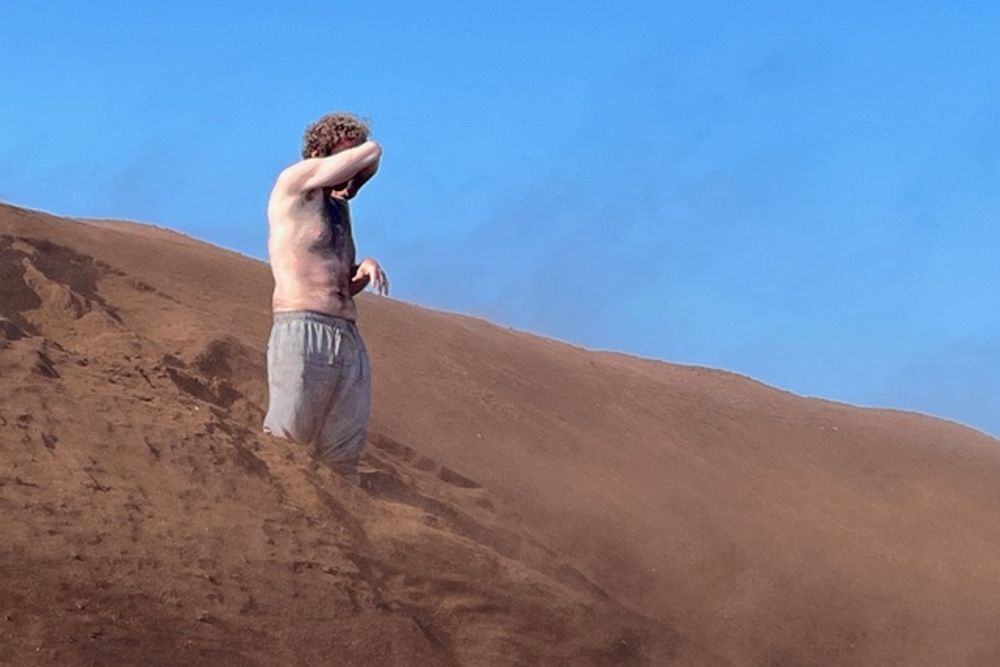
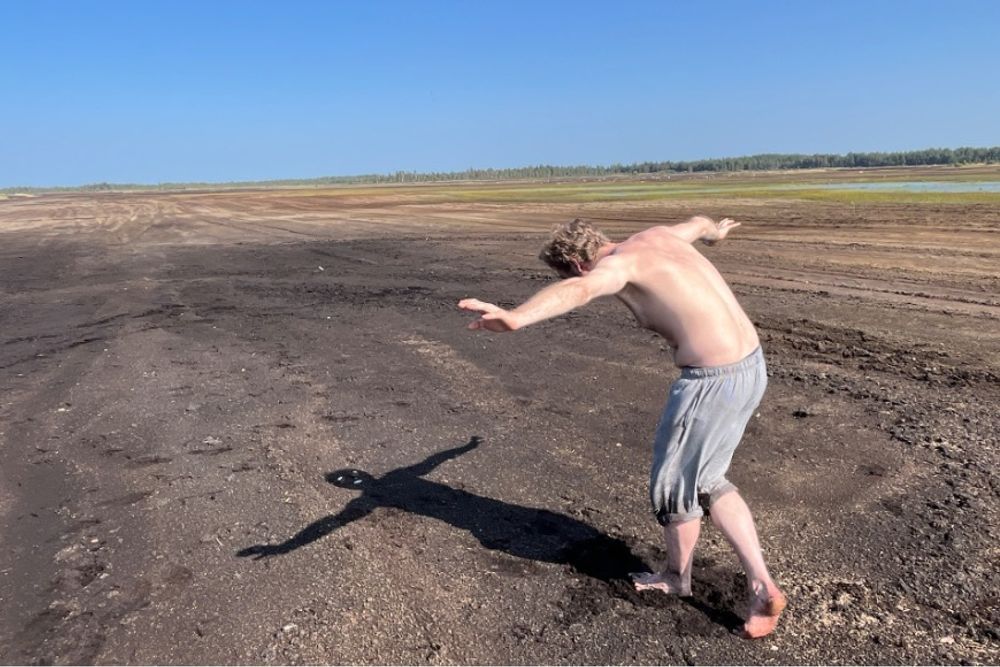
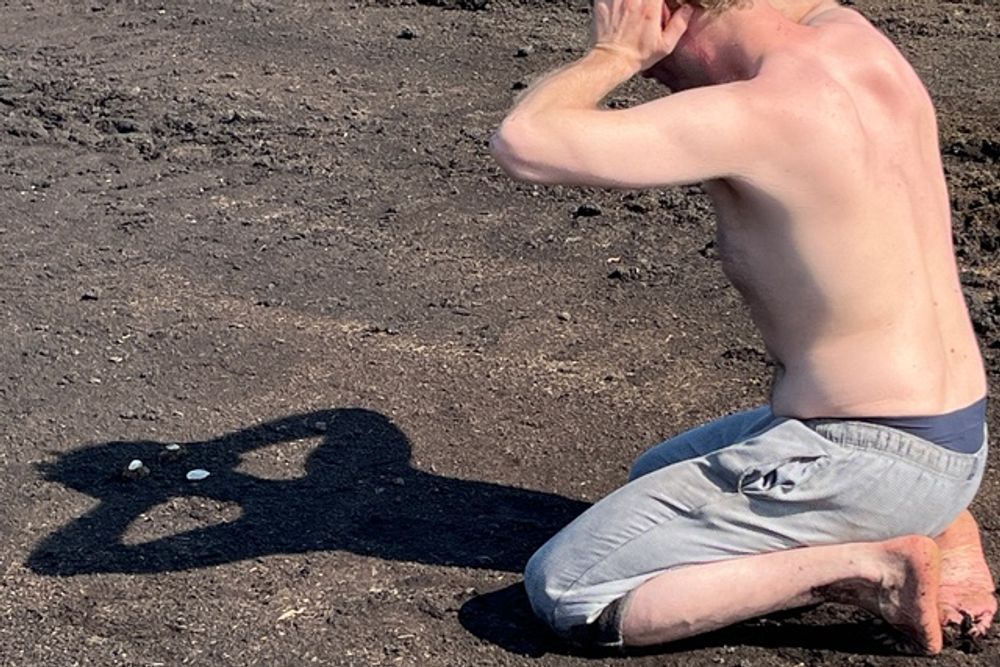
Photography courtesy of Elo Liiv
Christine Mackey, Ireland
Christine has been diving into the world of plants in the Cuilcagh-Anierin Uplands SAC. She has been visiting lots of different sites with botanists John and Heather, as well as others working on the project to explore the plantlife on these upland blanket bogs. Guided with a list of plants specific to each site, her continuing aim is to visualise this complex data about the flora through video and photography. She is interested in alternative photographic methods that don’t use a camera or toxic chemicals, experimenting with collected peat water as a developer to print some minutiae biological matter from the bog. Another strand of research has been the world of sphagnum mosses, visiting the collection at the national herbarium in the national botanic gardens, where she learned about the use of this absorbent moss during wartime.
Informed by the geotextiles currently imported and used on various sites, Christine has also been exploring alternative local materials and processes in this context – weaving seaweed with wool and wrapping seaweed around turf.
She says, “these material engagements bring to mind Rachel Carson's ideas on earth's green mantle, how plant life, along with water and soil, is necessary to support life. The earth's ‘skin’ is not one soil, but many soils – each with its own story. Soils are alive, they are born, they age, and they breathe. Thinking on the impositions we make on this earth and whether acts of restoration have any useful kind of agency.”
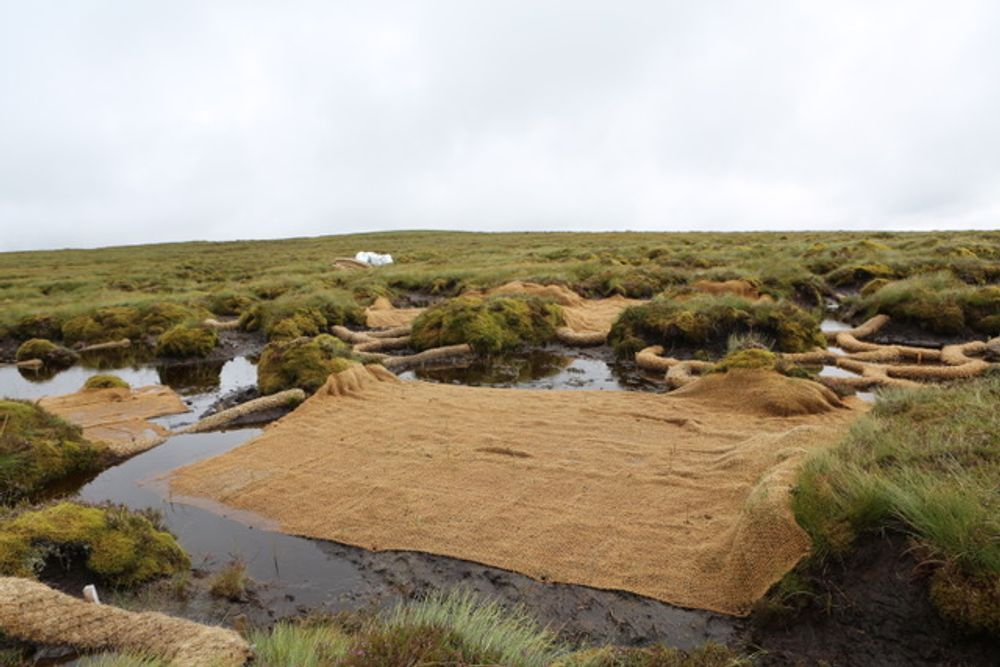
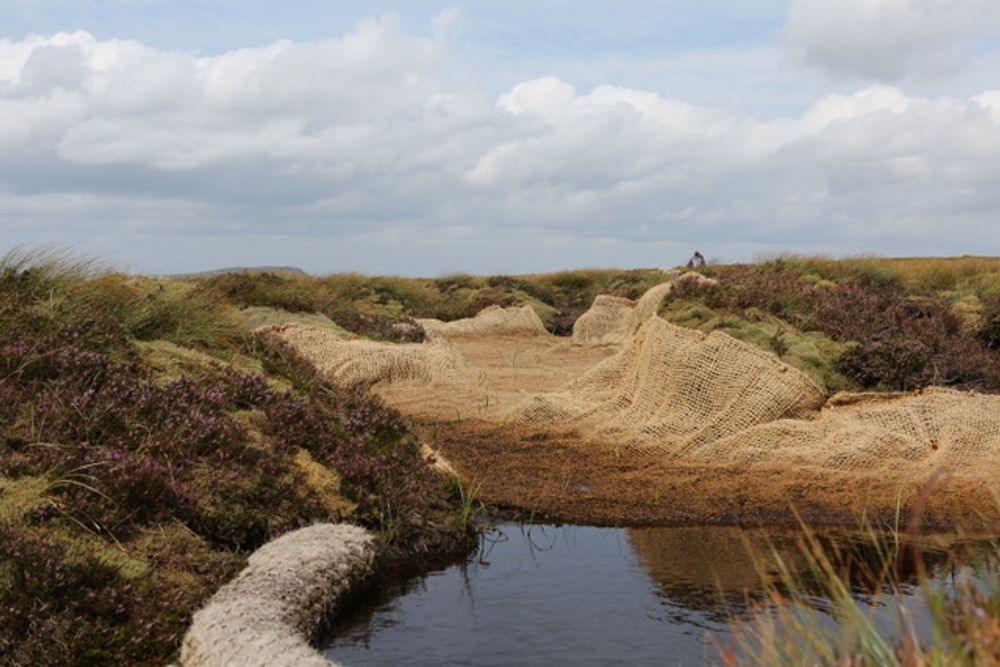

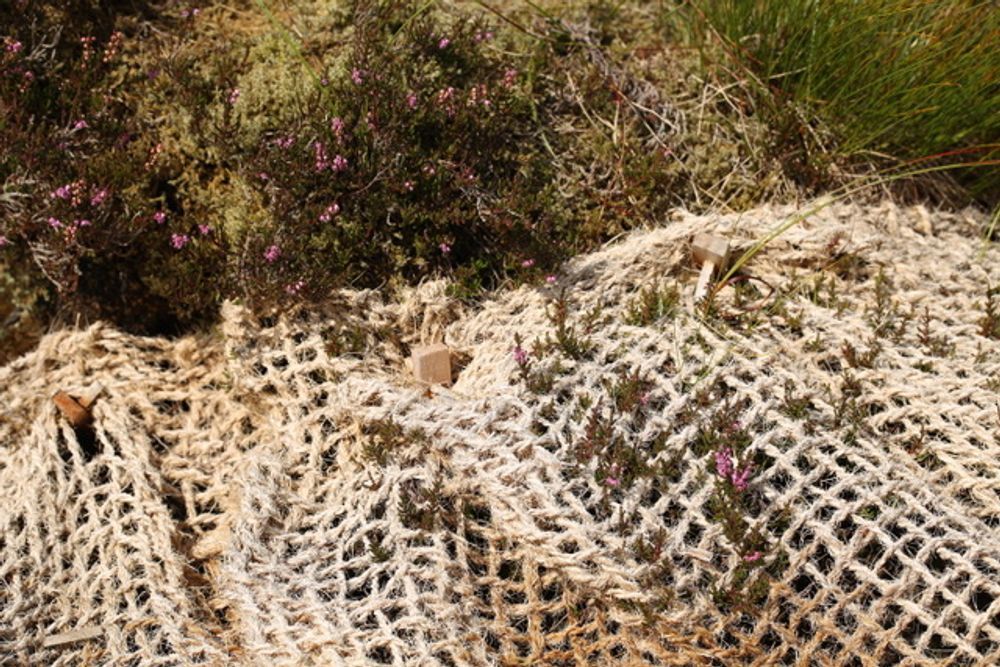
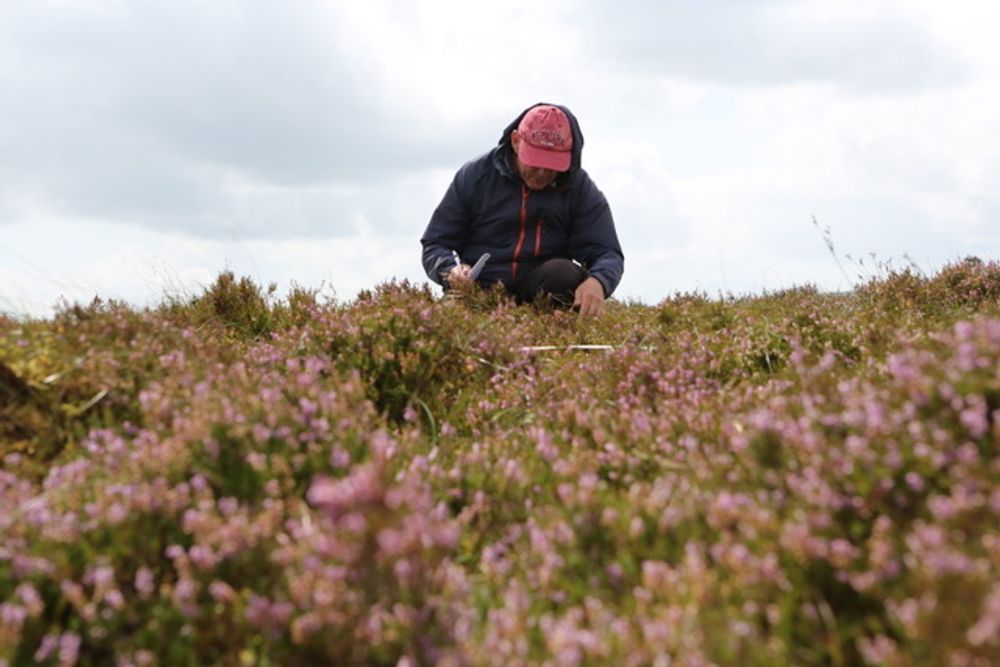
Photography courtesy of Christine Mackey
Maria Nalbantova, Bulgaria
Maria has been continuing her artistic research in Dragoman Marsh, meeting local people, researchers, and visitors to the wetland. She has also been exploring a wide variety of species, biomaterials, and natural processes taking place there, such as the return of the grey crane to nest in Bulgaria after a 66-year absence, a result of decades of efforts to restore the wetland after it was drained. Her interest in birds also led her to take part in the bird ringing camp organised at the marsh last year by Balkani Wildlife Society, in collaboration with others, where participants learned about this method of monitoring that reveals the invisible paths birds follow during migration.
She also explored the legacy of a fire that happened on the marsh in 2020, destroying 80% of the marsh’s vegetation and part of the visitor infrastructure. The cause of the fire has never been discovered. Maria collected charred pieces of wood and painted landscapes with them. These form part of the artwork “Shameless Ashes”, which was presented as part of the exhibition “Shame and Guilt”, initially curated by Galina Dimitrova-Dimova at the Vaska Emanuilova Gallery, a branch of the Sofia City Art Gallery in Sofia, and later in Berlin at the Bulgarian Cultural Institute, Berlin, Germany. The work has also become part of the collection of the Sofia City Art Gallery. Maria is interested in the hidden divisions in the landscape and their connection to local cultures and histories.
“As well as the paths of the birds, there are other invisible lines that define the map of the marsh, which remains divided among many landowners and retains its status as agricultural land. I have been meeting people from the local community and listening to their stories: songs in the community center, a teacher's knowledge, the seamstress’s needle, the memories of a retiree, market days, customs, the train station… border voices.”
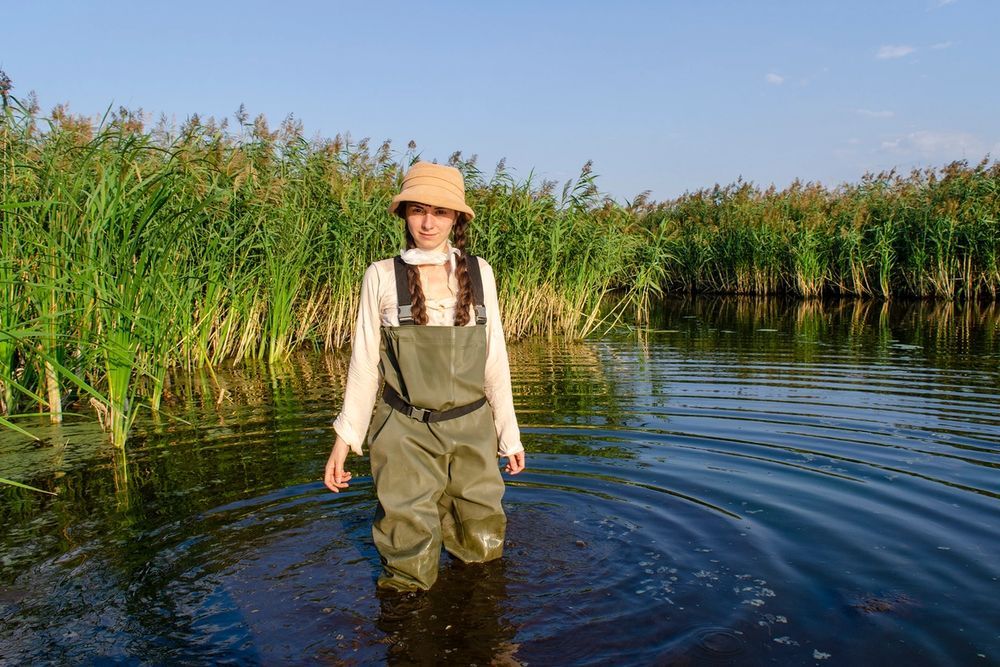

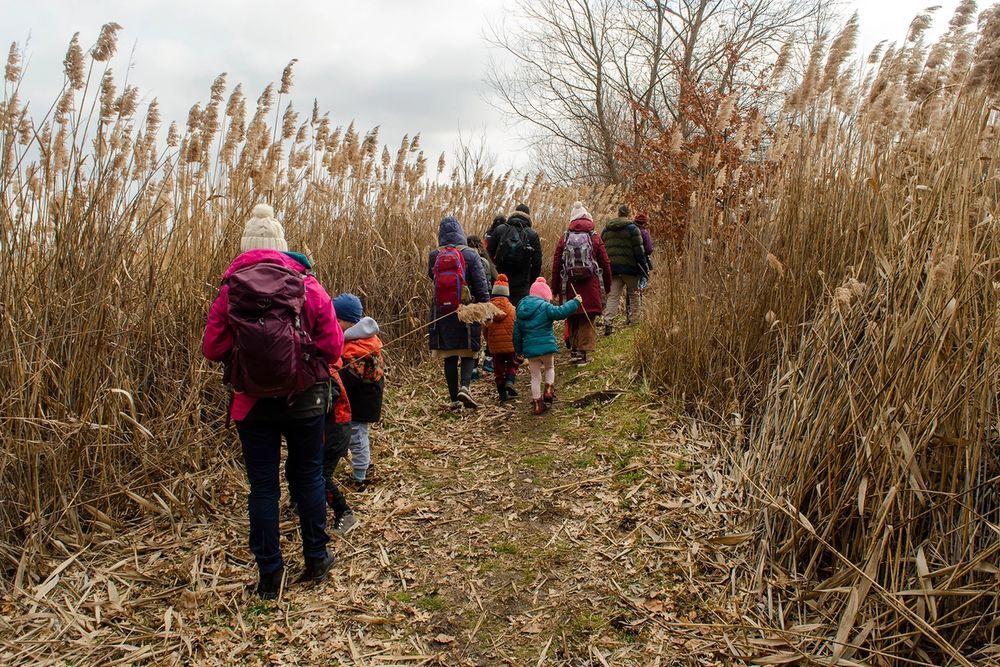
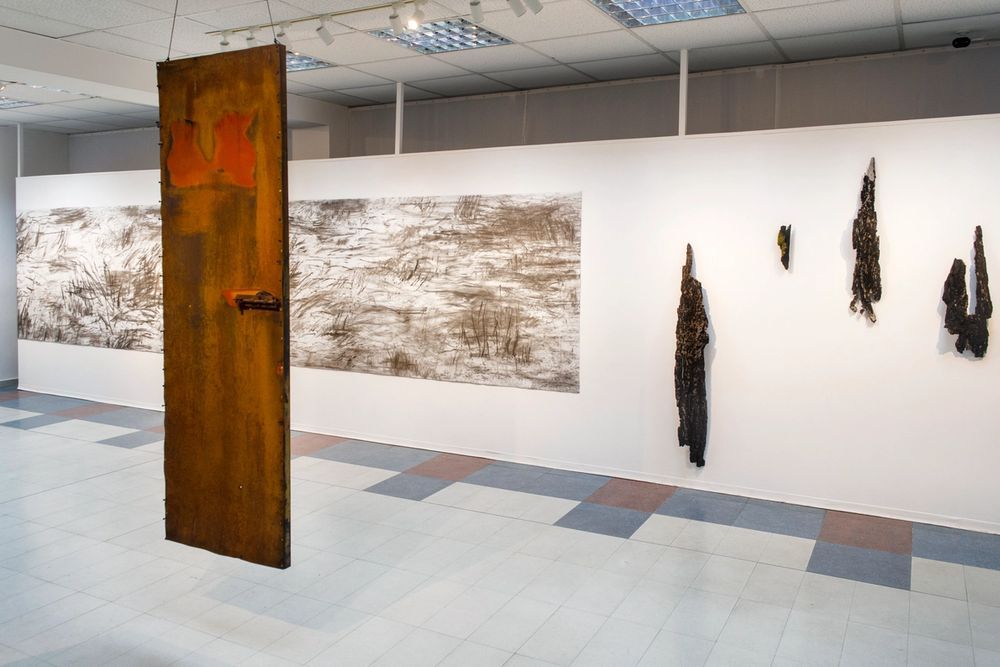
Photography courtesy of Maria Nalbantova
Claudio Beorchia, Italy
Claudio has been doing a lot of walking and wandering, exploring the entire perimeter of the Venetian Lagoon through his project La Laguna del Cippi. The project is designed to engage local residents in the discovery and documentation of the Venice Lagoon from an unusual perspective: that of the Cippi, the Venetian ‘Boundary Stones’ that have historically marked the edges of the lagoon. The project engaged participants to explore and document the boundary stones, revealing a much richer and more heterogeneous environment than one might expect.
Observing the lagoon from the Cippi showed just how profoundly the Lagoon has transformed over time. This transformation is due to human activities: in front of some Cippi there is not only water, canals and salt marshes, but also buildings, roads, even airplanes and industries. It is also true that, surprisingly, the Cippi reveal parts of the lagoon landscapes where time seems to have stood still.
So far on this exploration of the lagoon, Claudio has encountered many different people: the people who live, inhabit or habitually frequent the Lagoon.
“These are people like Emanuele, an ornithology enthusiast: in a few hours of sailing the Lagoon with him in search of the Cippi, he showed me dozens of bird species that find refuge in the lagoon waters. Or like Patrizia, who has always lived on the island of Sant'Erasmo: thanks to her, wandering aboard her Ape Piaggio among vegetable gardens and artichoke fields, I was able to better understand an environment profoundly different from that of Venice, even though the city is only a few kilometres away. The next step will be finding a way to process these materials, with the aim of sharing the spirit of the collective experience the participants had, and promoting a reflection on the Lagoon and its transformations.”
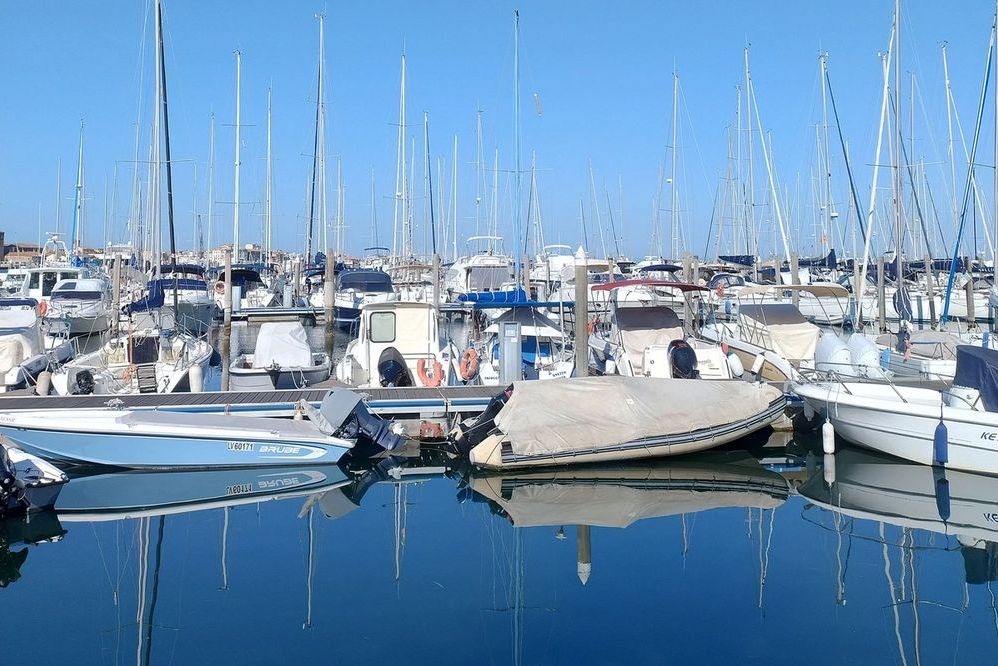
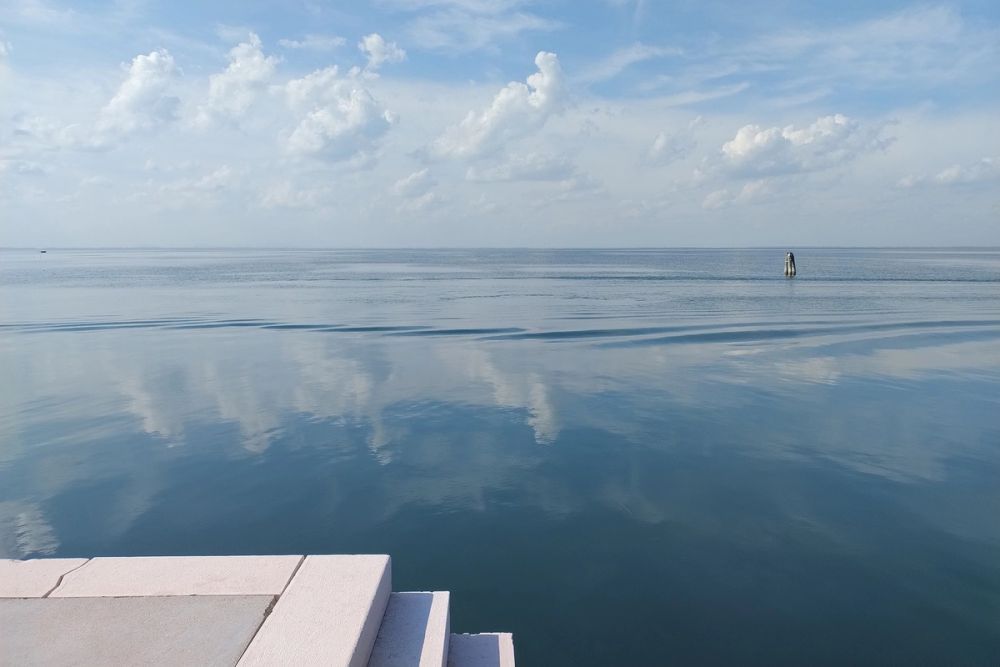
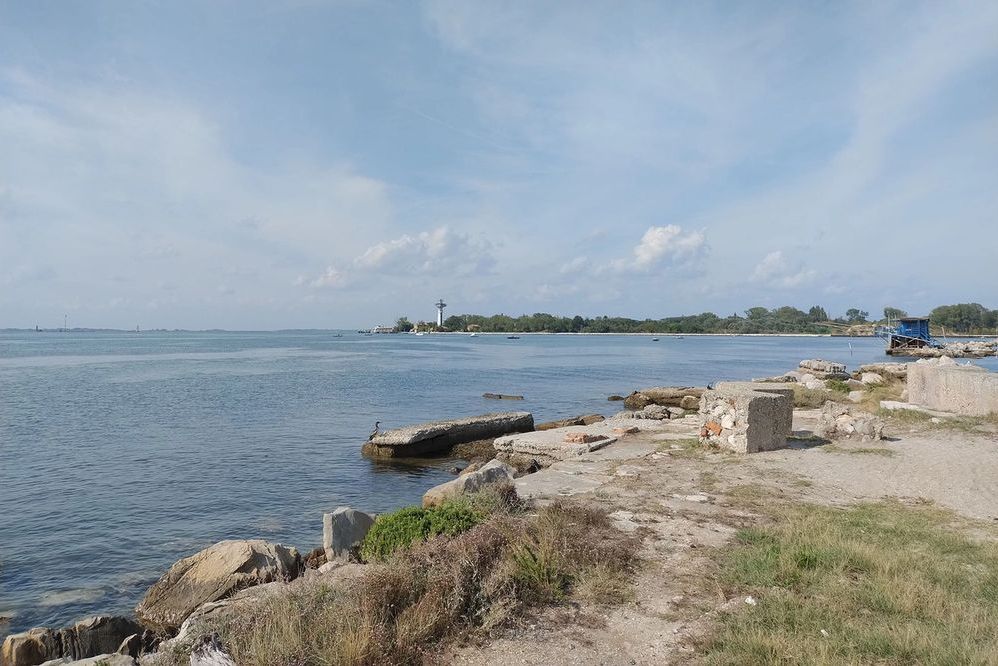
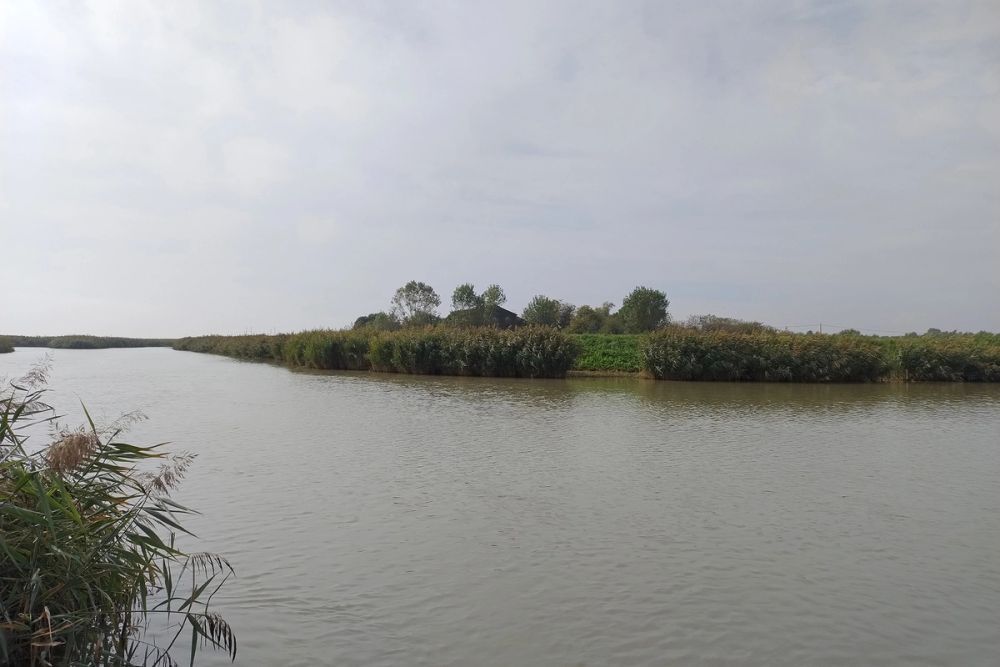
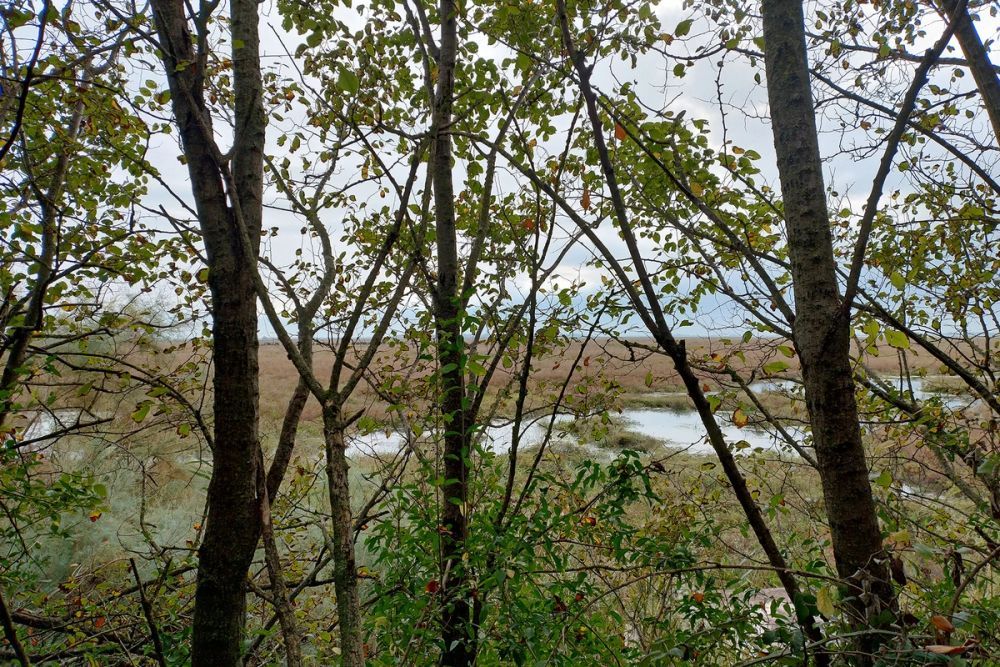
Photography courtesy of Claudio Beorchia
Marjolijn Dijkman, Netherlands
Marjolijn has been continuing her investigation of human impact on the landscape of Ems-Dollard. Her research delves into questions around what shaped the region, how people have interacted with the sea throughout history in this area, and what kinds of legacies remain from this past in the context of the climate crisis.
One of the key ways Marjolijn is connecting with local communities is through a series of guided walks along the Ems-Dollard coast. These walks are called ‘Waker, Slaper, Dromer’ (Watcher, Sleeper, Dreamer), named after the poetic names and functions of dike systems in the Netherlands. Each walk features expert guides with in-depth knowledge of the coastline, allowing residents to gain new insights into the region’s ecological and cultural history. Two walks have taken place so far; the final one is to follow.
Marjolijn is also very interested in the economic and extractive aspects of the landscape. In the past, gas was a primary source for extraction, now local industry and communities look to the silt which is a byproduct of dike construction. She has been undertaking research around these topics exploring the estuary as an ecosystem and the impact of the ship industry, flood engineering and silt production on water quality, settlements in the context of AI and our increasing reliance on data infrastructures.
She says, “This research, Turbid Tides, presents an intuitive and speculative narrative about the increasing siltation of the Ems-Dollard estuary alongside the growing influence of computational thinking, with silt and data as the main protagonists. I aim to produce an essay film that will explore shifts in Western thinking about sentience, intelligence, and our place in a more-than-human world”.
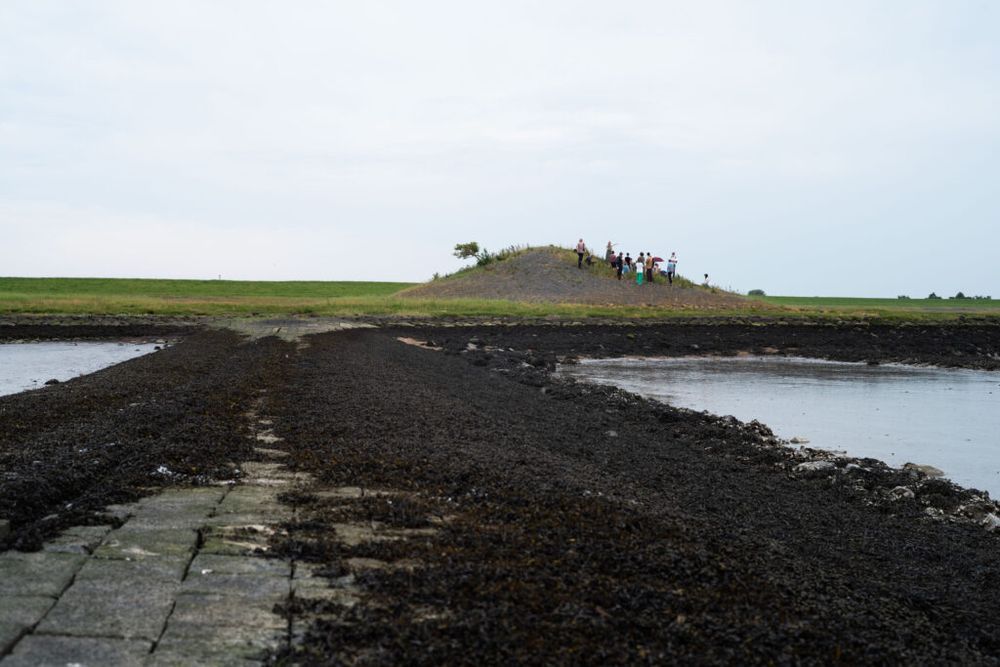
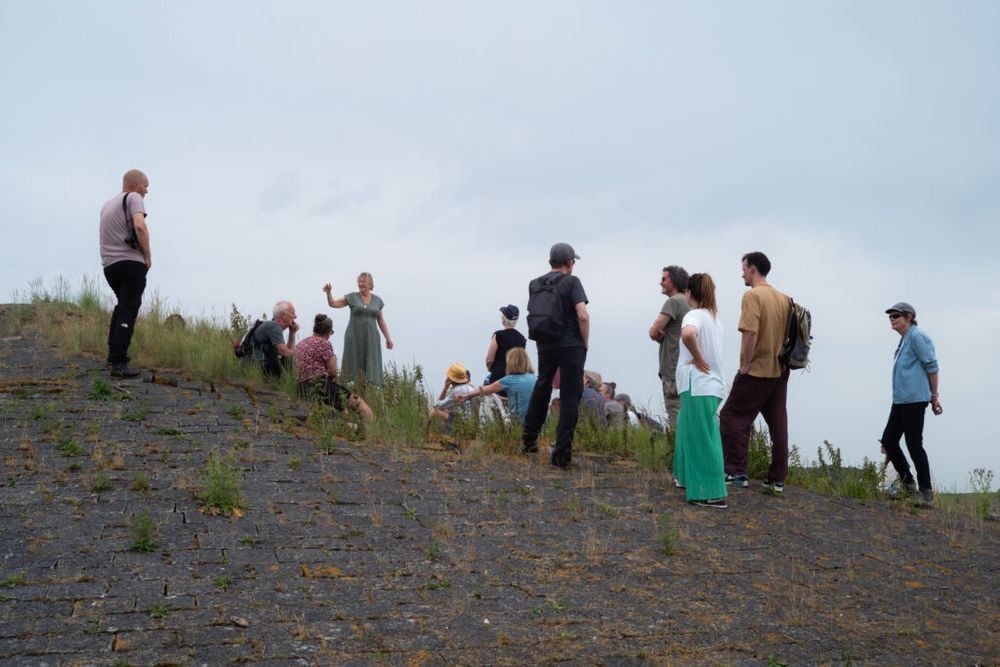
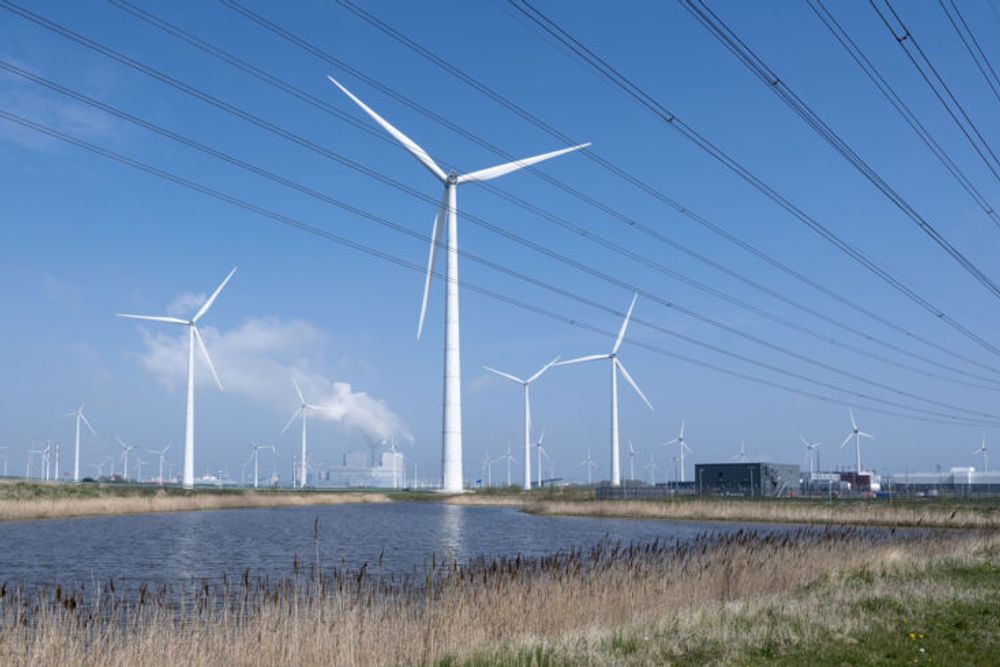

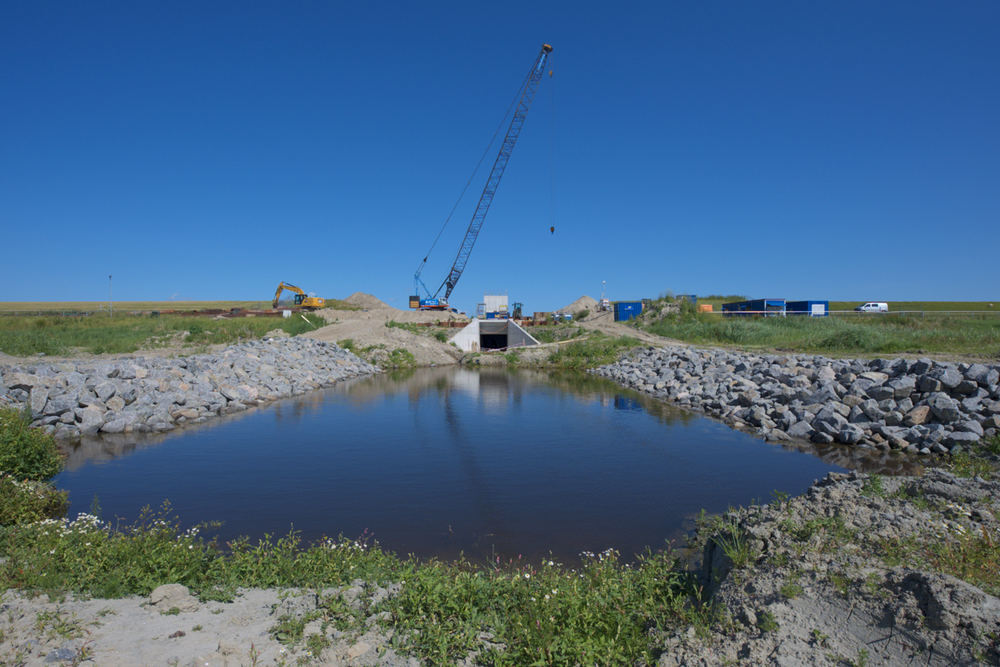
Photography courtesy of Marjolijn Dijkman
